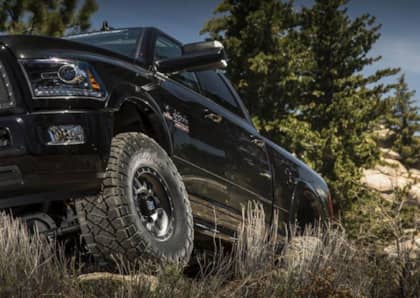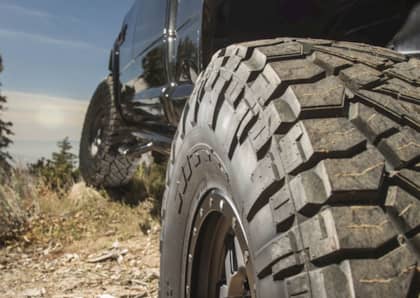How Often (And Why) Should I Rotate My Tires?
For most of us, tire rotation and basic tire maintenance is common knowledge. However, for large swaths of the population, the tread that carries us to and from our destinations is a complete afterthought. In fact, approximately 29 million drivers think tires require zero maintenance, according to data from the Rubber Manufacturer’s Association. Let’s change that. Going beyond the “rotate every 5,000 to 6,000 miles” standard everyone seems to know about, let’s explore how regular rotation intervals, specific rotation patterns and (perhaps most importantly) inflation pressure effects the way our tires wear and perform. The simple tire rotation and maintenance tips listed below are intended to help you get the most out of your investment—and remain safe while doing it.
We’re All After Longevity
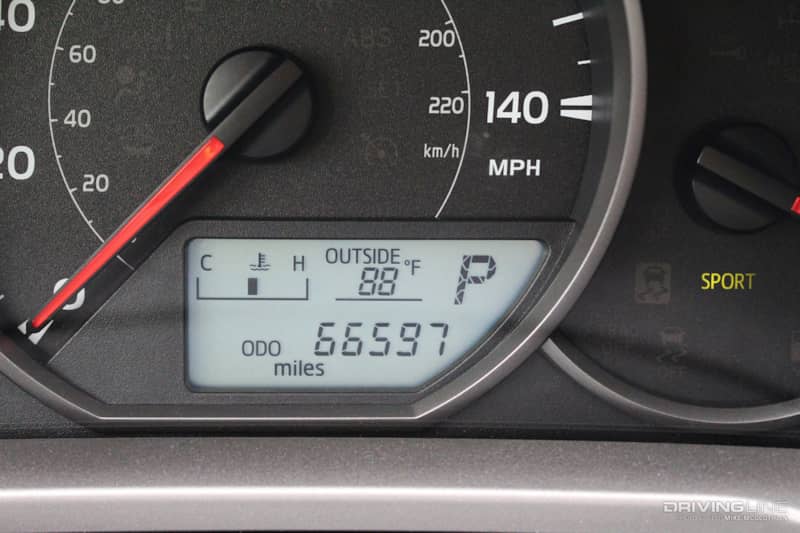
First things first, choose the right tire for your vehicle and your specific driving needs. Tires aren’t cheap, and as such many buyers perform extensive research before settling on a new set. If you’re going to be spending 99-percent or more of your time on pavement, you likely don’t need the most aggressive mud terrain tire on the market. However, just because you go with an extreme tread tire doesn’t necessarily mean it won’t last long. Also remember that a tire’s service life is not determined by chronological age. Proper tire maintenance and the way you drive determine your tire’s life span.
Proper Inflation Pressure Is Key
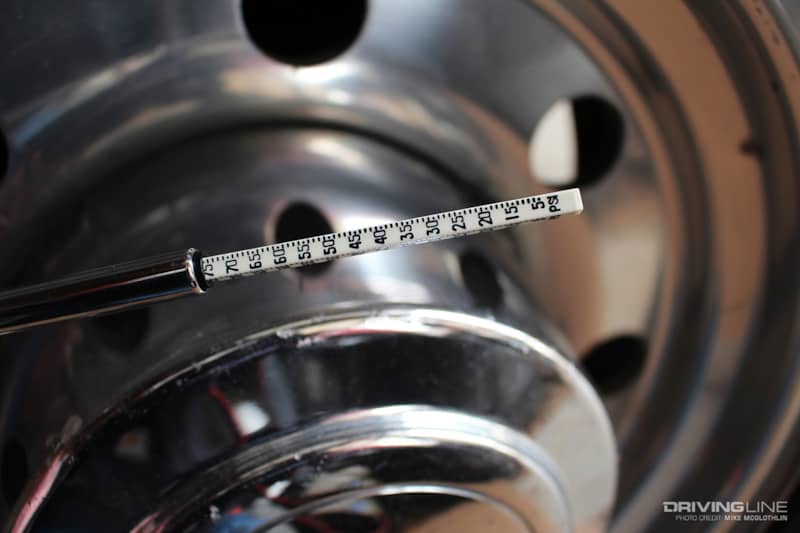
The best tip in tire maintenance is to regularly ensure you’re running the proper inflation pressure. Don’t forget that just because a tire looks properly inflated doesn’t mean it is. Some 25 million drivers believe that if a tire doesn’t look under-inflated then there is no reason to check its air pressure. Be aware that tires can lose 1-psi per month due to permeation (i.e. air passes through the tire even though no leak or puncture exists).
Your Recommended Inflation Pressure
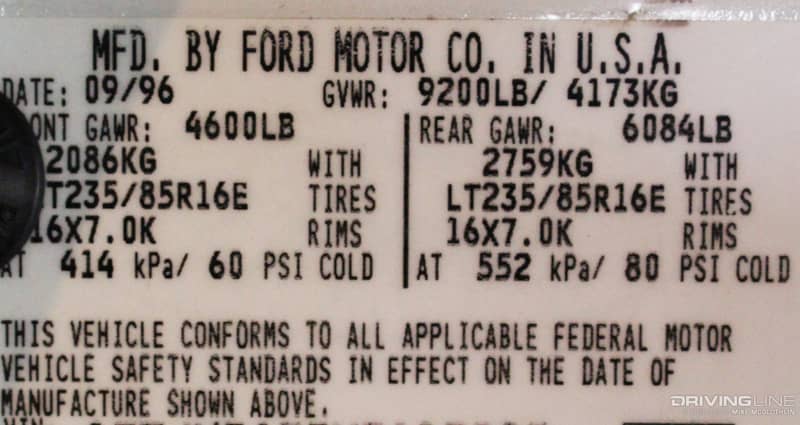
Even though there is a raised psi rating present on your tire’s sidewall, it in no way represents your vehicle’s ideal inflation pressure. The maximum inflation pressure is simply the pressure that provides optimum load carrying capacity. The inflation pressure recommended for your particular vehicle is most commonly available on the label on your driver side door jam or in the owner’s manual, but on some models it can be found in the glove box, center console or fuel door. This inflation pressure is based on best tread wear characteristics and comfort level. Also note that many trucks will specify a different inflation pressure in the front tires as opposed to the rear ones (see photo above).
Tire Rotation Interval
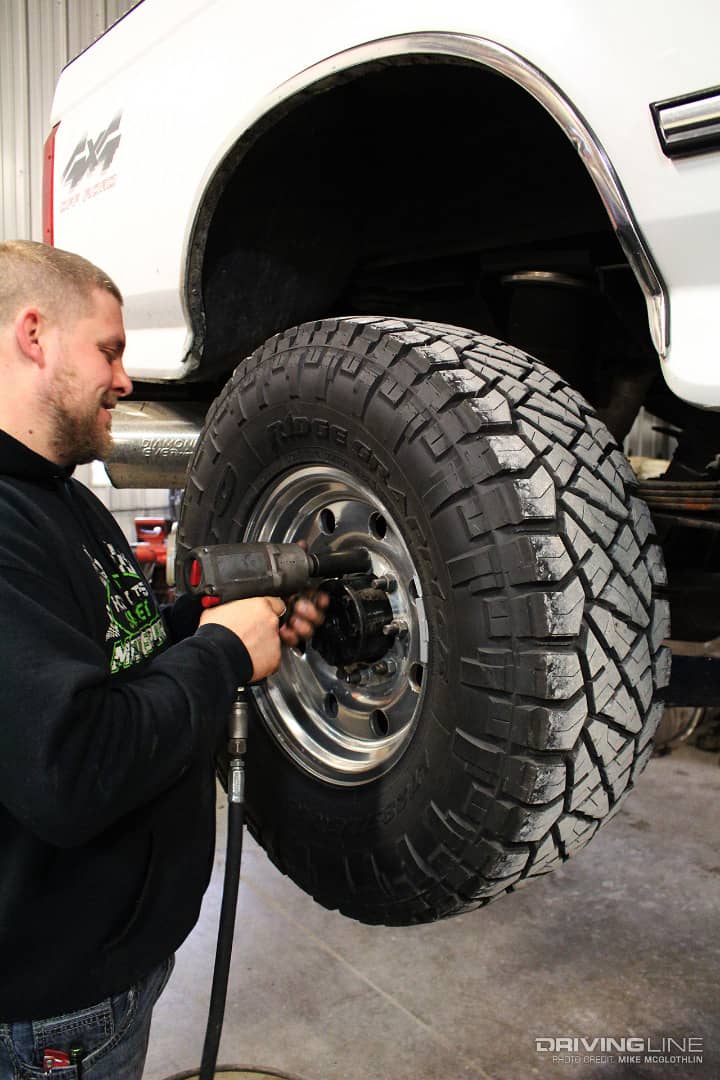
With the perfect tire picked out and the right inflation pressure being employed and checked on a regular basis, routine tire rotation is the next step in competent tire care. The primary goal of regular tire rotations has always been to achieve the most uniform tread wear of all tires on a vehicle, so it’s always best to adhere to the tire rotation pattern specified by the vehicle manufacturer (when applicable) via the owner’s manual. If no pattern is listed in your owner’s manual, observe front to back rotations every 6,000 miles and no more than every 7,500 miles. Also bear in mind that irregular tread wear may require more frequent rotation.
Rotation Patterns
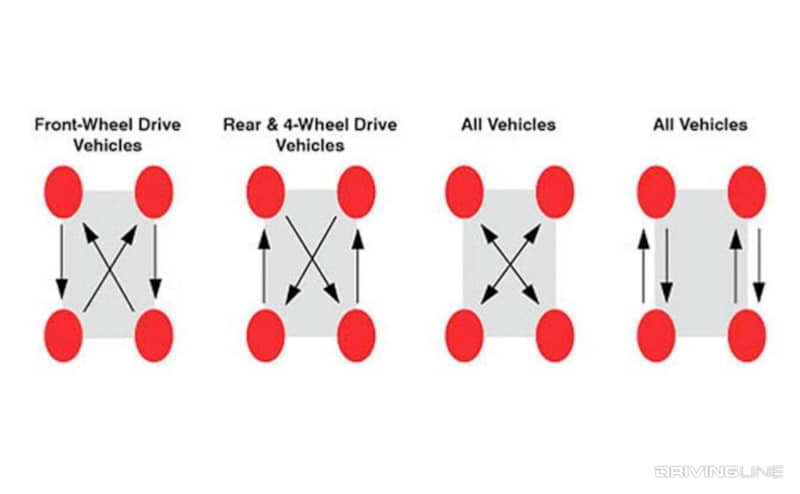
There are various tire rotation patterns to choose from, with some of the most common patterns pictured above. However, these popular patterns don’t apply across the board for all applications. The best tire rotation pattern for your specific vehicle is the one printed in the owner’s manual.
Spare Tire/Fifth Tire Rotation
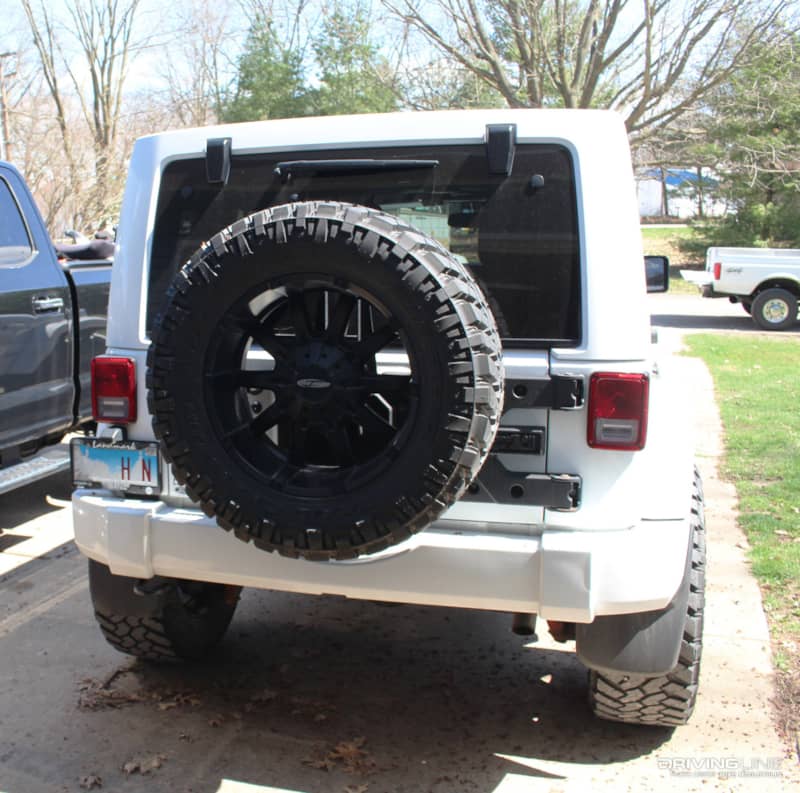
If your vehicle is fitted with a full-size spare tire, it’s usually a good idea to get it into circulation, too. Simply look up the manufacturer’s recommendation for getting the spare into service. In the absence of a manufacturer recommendation, Nitto recommends a five-tire rotation any time a full-size spare is in the equation.
Special Condition Rotations
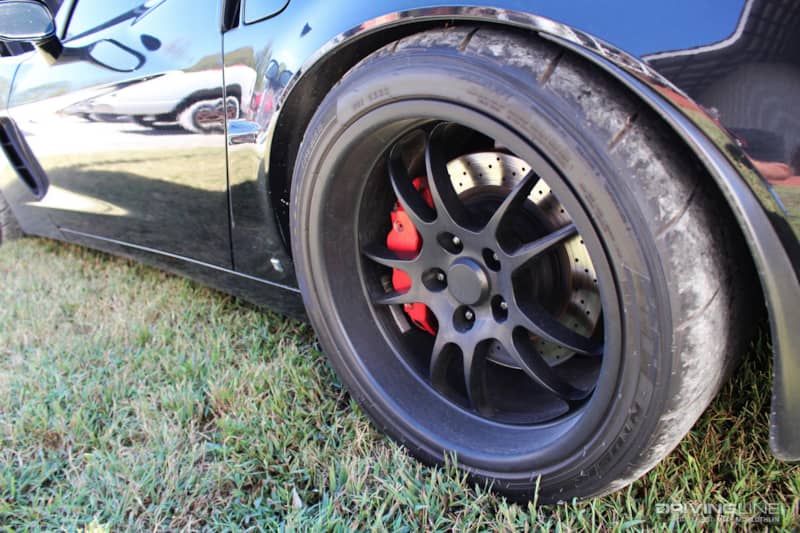
Unique conditions can make it impossible to observe the more popular patterns of tire rotation. This is true for uni-directional tires with asymmetric tread patterns and vehicles that make use of different size tires, front to rear. These types of tires or arrangements may also carry certain rotation guidelines or restrictions. Once again, it’s best to check your owner’s manual or consult a tire professional for a recommendation on the best rotation practice to use.
Rotating Can Help Quell Tread Wear Issues
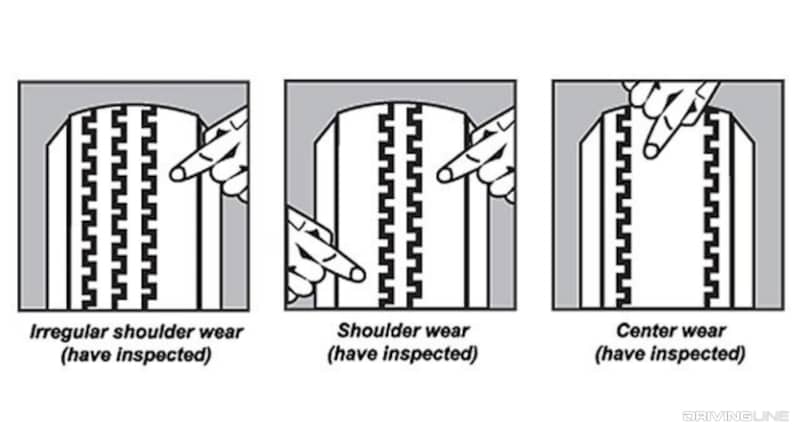
For a multitude of reasons, tires can show irregular wear—even though they’ve been well cared for. In some cases, rotating the tires can solve the issue. Other times, excessive or uneven wear is caused from misalignment, tire imbalance or a mechanical problem (such as worn ball joints, etc.).
Check Air Pressure After Rotating
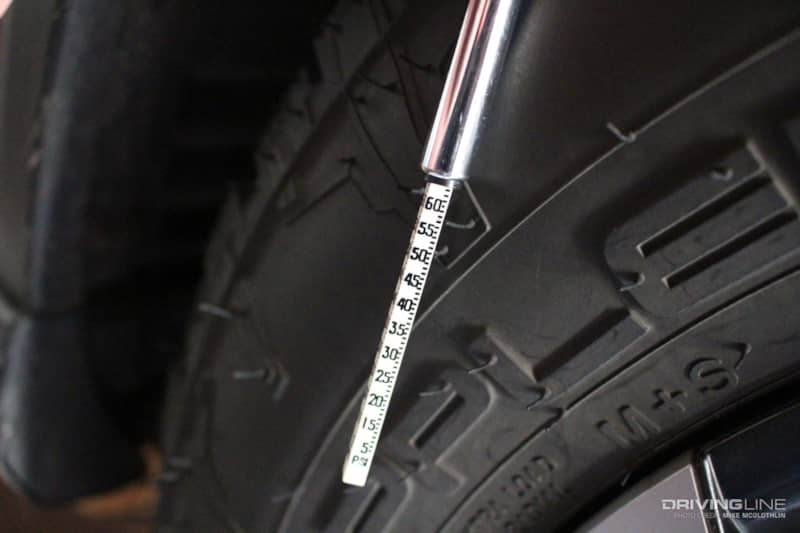
One thing many of us forget to do after performing a tire rotation is to make sure inflation pressure is still where it needs to be. Always check (and if necessary, adjust) your tire's inflation pressure when the tires are cold, and on the vehicle.
Over and Under Inflation’s Effect on Your Tires
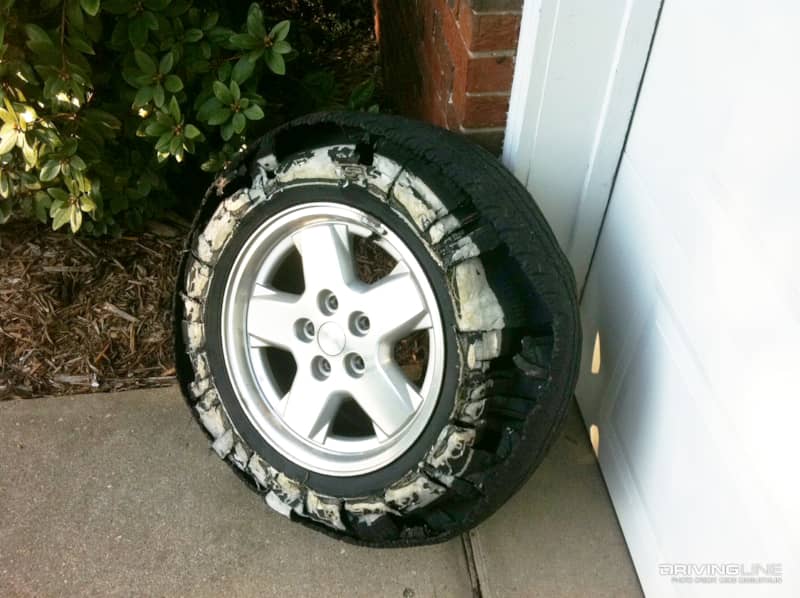
Over-inflation and under-inflation can affect your tire’s tread wear considerably. If you’ve over-inflated them, premature wear can occur on the tire’s crown (the center of the tread). In addition to the increased wear, over-inflating tires can make them susceptible to suffering internal damage if they endure an impact such as a curb, deep pot hole or rock. If your tires are low for long periods of time, you’ll notice excessive wear on the outer edges. Aside from limiting wear, proper inflation pressure maximizes your vehicle’s handling, braking and fuel economy.
Outside of the 2/32-inch rule and the Penny Trick…
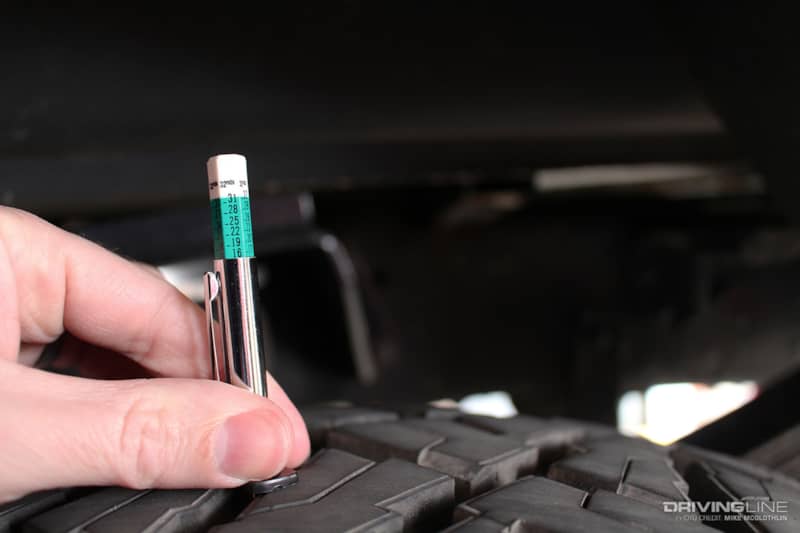
Eventually, and even with top-notch care, your tires will run out of tread. Beyond the penny trick, it’s wise to keep a tread depth gauge handy. Not only will it tell you when you’re nearing the legal limit of 2/32-inch tread (1.6mm), but using it to intermittently check tread wear can help you spot irregular or excessive tread wear patterns before it’s too late.
Need a refresher course on trailer tires? Find out how to pick the best one here.





